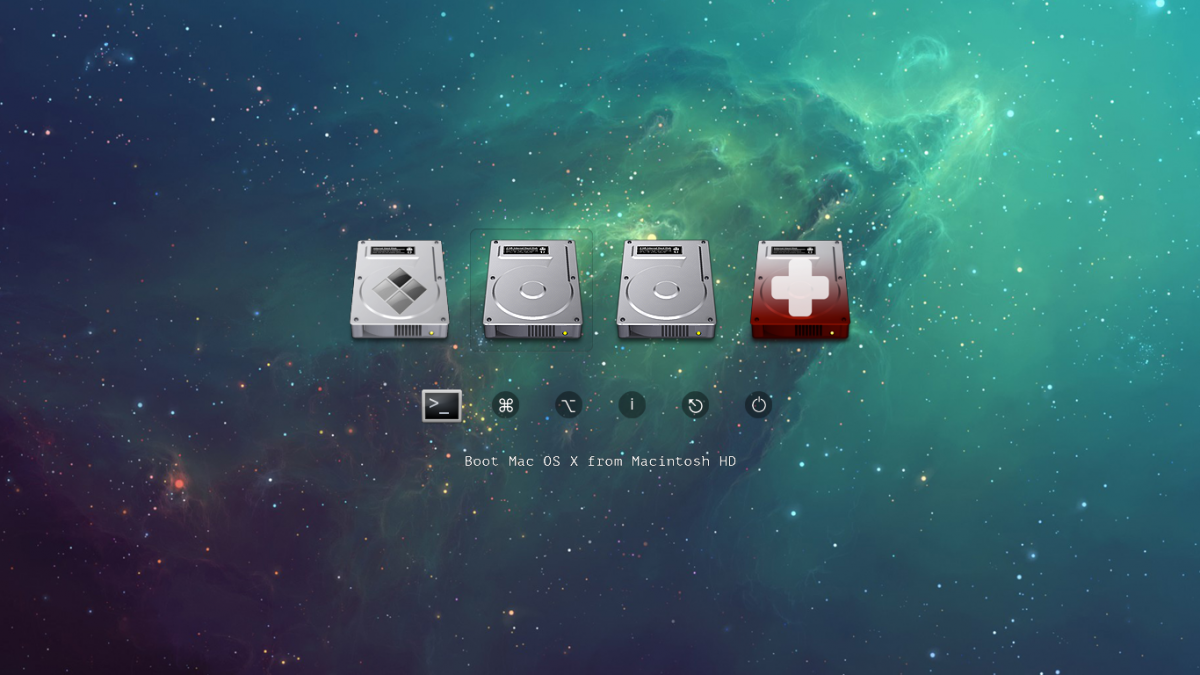

- #OPENING CLOVER EFI BOOTLOADER HOW TO#
- #OPENING CLOVER EFI BOOTLOADER MAC OS X#
- #OPENING CLOVER EFI BOOTLOADER MAC OS#
- #OPENING CLOVER EFI BOOTLOADER INSTALL#
Open Terminal (/Applications/Utilities/Terminal) and use the command below to create a native OS X installer media from the Install OS X Yosemite Application.
#OPENING CLOVER EFI BOOTLOADER MAC OS#
Under Format: choose Mac OS Extended (Journaled) Under Name: type MAC (It will be renamed later) (Click and highlight the name with Total Capacity) Open /Applications/Utilities/Disk Utility (this step will completely erases the USB)
#OPENING CLOVER EFI BOOTLOADER MAC OS X#
The full operating system is a FREE download for anyone who are using Mac OS X 10.6.8 or after. Install Sound card driver and fix wake up no sound issue Install the bootloader and drivers to system drive Modify Clover bootloader’s configuration file Hardwares used in this instruction: Motherboard: Asus Z87-A motherboard ( Get ASUS Z87-A motherboard from Amazon ) CPU: I7 4770K CPU or any LGA1150 CPU ( Get LGA1150 CPU from Amazon ) Graphics Card: Integrated Graphics Processor (HD Graphics 4600) Sound Card: Integrated Realtek ALC892 Overview for this instructions:ĭownload the OS X Yosemite (or El Capitan) Application from the Mac App Store However, with Clover and new OS X after Yosemite, Asus motherboard can also be turned into a perfect Hackintosh.
#OPENING CLOVER EFI BOOTLOADER HOW TO#
There are tons of documents about how to use clover on Gigabyte motherboards because Gigabyte motherboards usually have less compatibility issues with MAC OS X in the old day. Using Clover is easy and straightforward. clover can do better job than Chameleon, especially on newer UEFI based systems. or not since I don't actually have UEFI firmware on X58.Clover is an open source EFI bootloader. OK, so question: Does this Clover behavior apply when Clover is installed for legacy systems as well, like X58? And if so, will the windows UEFI software let me remove ghost entries. and should one of those drives fail, or I screw something up with a new install or by updating chimera/kexts/options, I can always just use a different drive to get into my data. One of the things I liked about how Chimera/BIOS boot worked was that I could have as many drives as I wanted, with as many bootloaders as I wanted, in my machine (currently: primary SSD, secondary/backup SSD, 1TB partitioned with 1x OSX and 1x windows as further backup/options). we have to go through the whole process again to save things potentially. That's unfortunate, because it means if that one drive- or its EFI partition- gets hosed, whether by natural causes, or by tinkering with the EFI/Clover itself. Other drives with bootloaders installed results in the issue. If I'm understanding this right- I've since read a huge thing on UEFI- what this means is that we should really have only a single drive with bootloaders in the EFI partition of that drive.

It's unfortunate there isn't a GUI right inside Clover itself that lets us instruct Clover to not add this stuff automatically. Now my computer is happy and stable again! Since my M.2 drive was not showing at all, I removed everything using the method described above, rebooted, and here was the result: I went to work, after the first attempt to remove the extra entries in the BIOS (UEFI 238475MB is NOT a real hard disk), here was the result: I removed the Samsung SSD, and since I am not using it, I also removed the 2TB drive (this drive was completely blank, but it's big and noisy and I don't need it). After a few restarts, by BIOS looked like this: None of the other drives had boot loaders installed. Both drives are nearly identical, and clones of each other with bootable clover and El Capitan. The Samsung M.2 drive was still installed at sata5. In response to a question elsewhere, I reconnected my Samsung SSD to sata1. Building a CustoMac Hackintosh: Buyer's Guide


 0 kommentar(er)
0 kommentar(er)
